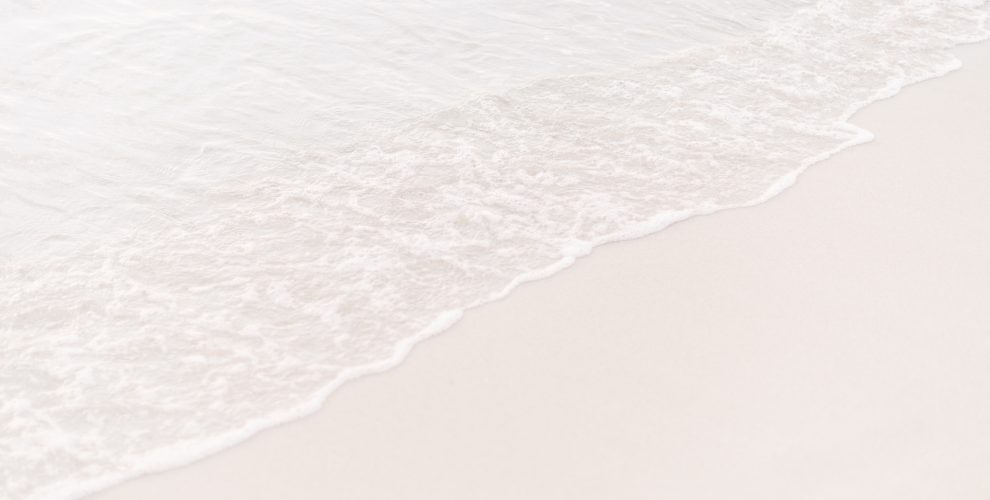Microbeads are one of those things that most of us kind of know are bad, but we don’t necessarily know that much about. In 2016 we had the announcement in the UK that microbeads will be banned by the end of this year, and it looks like that’s still going ahead, but there’s more to it than that. Today I’m here to help you wave goodbye to microbeads in 2017, and say hello to a more sustainable, ethical lifestyle.
What are microbeads?
Teeny tiny bits of plastic. And these tiny particles can be found in all kinds of products including sunscreen, toothpastes and makeup. Microbeads is a marketing term introduced by the cosmetic industry, but they’re essentially microplastics that, after being used by humans, are tiny enough to make their way through filtration systems into the Earth’s waterways. From here they absorb toxic chemicals like tiny sponges and become polluted before being eaten by sea creatures and making their way into the food chain, endangering eco-systems, ocean wildlife and ultimately humans. Ick.
A few years ago microplastic ingredients started being removed from products on a voluntary basis. However, cosmetic companies often define microbeads as Polyethylene particles that are used to exfoliate, creating loopholes which allow the industry to continue using other microplastic ingredients in other products. The fight is far from over.
What to do if you already have products containing microbeads
– Send them back to their manufacturers
You can find a template letter to include when you return your product here.
– Filter them yourself
It pains me to say this, but in this case sending microplastics to landfill is actually the better option, the last place we want these beads is in water systems. You can use a coffee filter, muslin cloth, or even an old t-shirt to strain your product, put the beads in the bin and then recycle the container. There’s an example video below, and why not share your filtering on social media to spread awareness to your friends and family too?
[youtube https://www.youtube.com/watch?v=lOOUZ4GSpJY]
Avoiding microbeads in future
Because microbeads doesn’t just mean scrubs, it can be hard to know if we’re avoiding them all. In fact, there’s currently a list of 67 different ingredients which all count as
microplastics, so it’s pretty complicated. Luckily the Beat the Microbead campaign launched an easy way for you to avoid that nasty plastic – Look for the Zero. Instead of trying to check labels for all 60 of those names, you can look for this one logo to know that your product is plastic free. Companies are only allowed to use this logo after making a public statement that their products are 100% free of microplastic ingredients.
On top of this, beat the microbead also have product lists to avoid and support here AND you can download the beat the microbead app. The app is free to download and super easy to use – simply scan the barcode of any cosmetic product and the app will tell you whether it’s plastic free or not. Easy peasy.
And there you go. Down with plastic, up with healthy oceans!
Until next time, stay magic y’all.






6 Comments